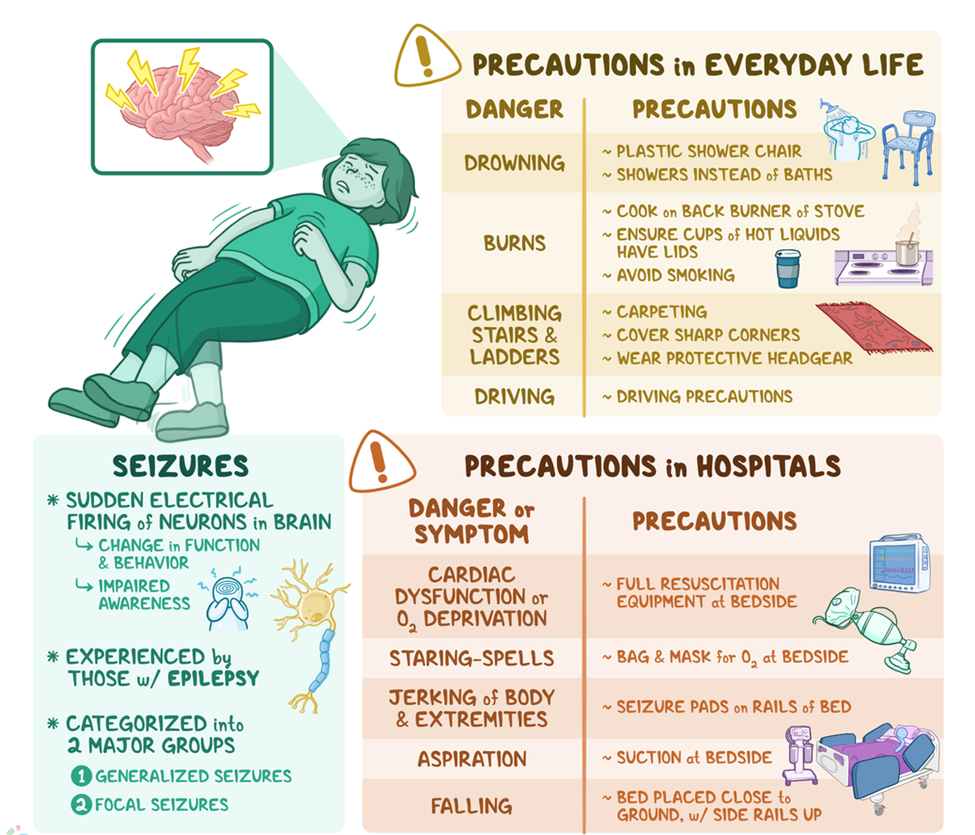A nurse is discussing respite care with the caregiver of an older adult client. When the caregiver asks about the purpose of a respite care program, the nurse should reply that it provides which of the following services?
Palliative care
Temporary care
Restorative care
Pain management
The Correct Answer is B
A. Palliative care focuses on providing comfort and relief from symptoms for individuals with serious illnesses, often those with life-limiting conditions. Respite care is not specifically designed for palliative care but can complement it by offering temporary relief to caregivers.
B. Respite care is a form of temporary care that allows caregivers a break or time off from their responsibilities. It is intended to provide short-term relief and support for family members or caregivers who are taking care of individuals with chronic illnesses, disabilities, or age-related conditions.
C. Restorative care involves interventions and services aimed at improving an individual's functional abilities and promoting independence. Respite care is not primarily focused on restorative care but rather on giving caregivers a temporary break.
D. Pain management is a specialized area of care that focuses on assessing and treating pain. Respite care, while it may involve managing symptoms during the temporary care period, is not specifically designed for pain management.
Nursing Test Bank
Naxlex Comprehensive Predictor Exams
Related Questions
Correct Answer is D
Explanation
A. Move any clients in the immediate vicinity.
This is a reasonable next step, ensuring the safety of clients in close proximity to the potentially hazardous situation.
B. Close the fire doors on the unit.
Closing fire doors is important for containing the spread of smoke and fire, but it may be a secondary action after alerting others to the emergency using the fire alarm.
C. Use a fire extinguisher on the outlet.
While fire extinguishers can be useful in certain situations, using one on an electrical fire can be dangerous. It's generally recommended to leave firefighting to trained personnel and focus on evacuation and alerting others.
D. Activate the fire alarm.
Activating the fire alarm is the priority because it alerts everyone in the facility to the potential danger, ensuring a prompt and coordinated response. It initiates the facility's fire response plan and helps in the evacuation of patients if necessary.
Correct Answer is B
Explanation
A. Position the client on her side:
While placing the client on her side is important, especially if there is a risk of aspiration during the seizure, maintaining the airway takes precedence as the priority action.
B. Maintain the patency of the client's airway:
This is the correct answer. Ensuring the airway is open and unobstructed is the immediate priority during a seizure. This involves positioning the client to prevent airway compromise and potentially using suction if necessary.
C. Identify the poison the client ingested:
While identifying the poison is important for subsequent management, it is not the immediate priority during an active seizure. The focus is on stabilizing and ensuring the client's safety.
D. Measure the client's blood pressure:
Monitoring vital signs, including blood pressure, is an essential aspect of care, but it is not the immediate priority during an active seizure. Airway management takes precedence to prevent complications such as hypoxia.

Whether you are a student looking to ace your exams or a practicing nurse seeking to enhance your expertise , our nursing education contents will empower you with the confidence and competence to make a difference in the lives of patients and become a respected leader in the healthcare field.
Visit Naxlex, invest in your future and unlock endless possibilities with our unparalleled nursing education contents today
Report Wrong Answer on the Current Question
Do you disagree with the answer? If yes, what is your expected answer? Explain.
Kindly be descriptive with the issue you are facing.
